Top 10 Must-Know Running Terms for Beginners
The running community is, hands down, one intact group where people love to share their achievements, fallbacks, and even give pieces of advice. I have personally seen how passionate runners are when they discuss anything related to running – from forms, distances, shoes, gadgets, etc. through the PF community Facebook group.
However, there are words and acronyms that seem to be part of a running community jargon and can leave novice runners guessing what they mean. So we listed our top 10 must-know running terms for beginners in this article:
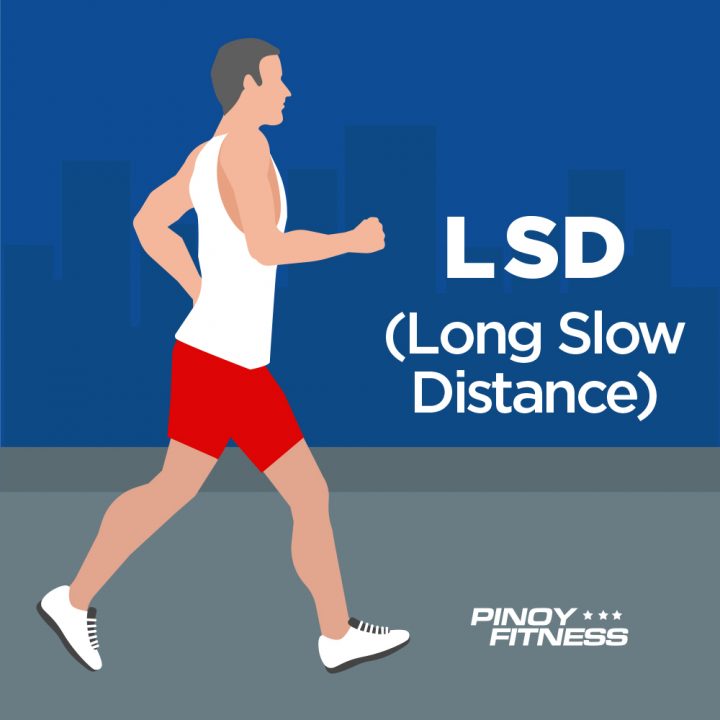
1. LSD
Long Slow Distance Run (LSD) is the cornerstone of half-marathon and full marathon training. LSDs are longer than your weekly runs and are done at a slower pace compared to your normal pace and is done to improve your body’s overall endurance, ability to burn fats and capacity to transport oxygen and nutrients to your muscles – all to prepare you for your race day.
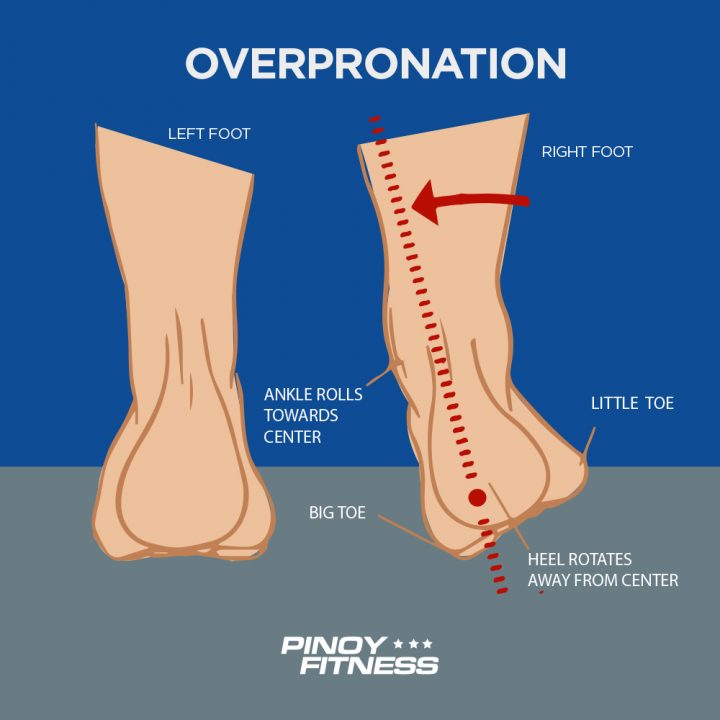
2. Overpronation
Overpronation happens when the foot excessively rolls inward after landing which may cause pain in the foot, knee, or shin. Runners with overpronation are best suited in wearing motion-control or stability shoes.

3. PR
PR Stands for Personal Record is the term used by runners to describe their longest distance or fastest time in a race.
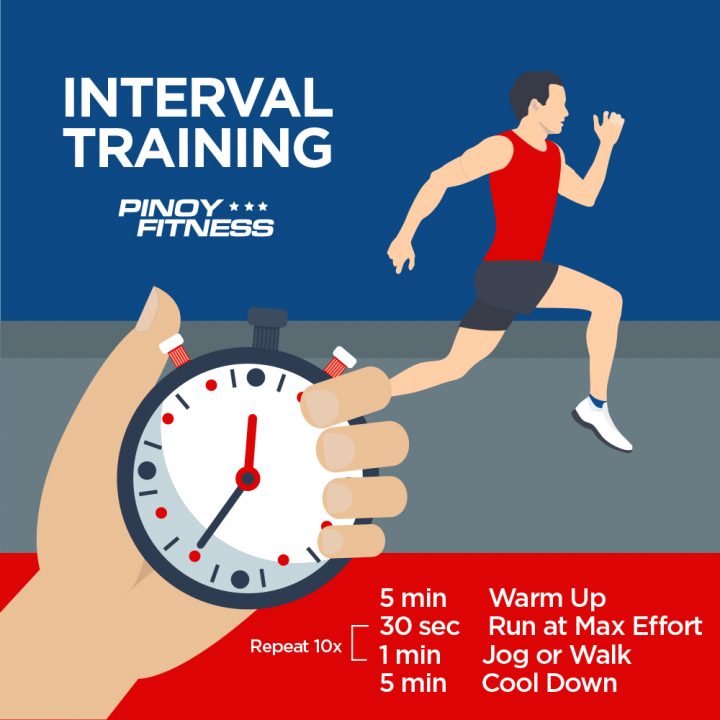
4. Interval Training
Interval Training is a speed workout where you repeatedly alternate between running and recovery jogs for a set amount of time or distance. This training method is done to build speed and aerobic capacity.
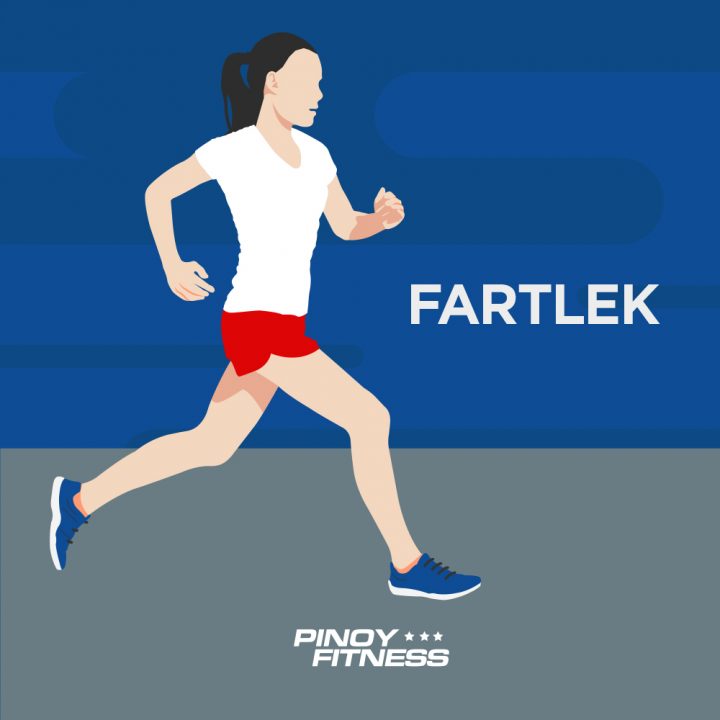
5. Fartlek
Fartlek is a Swedish word that means “speed play”. Runners use this term when they refer to an informal training that switches from fast pace to moderate face without a definite time interval hence “just playing with their speed”
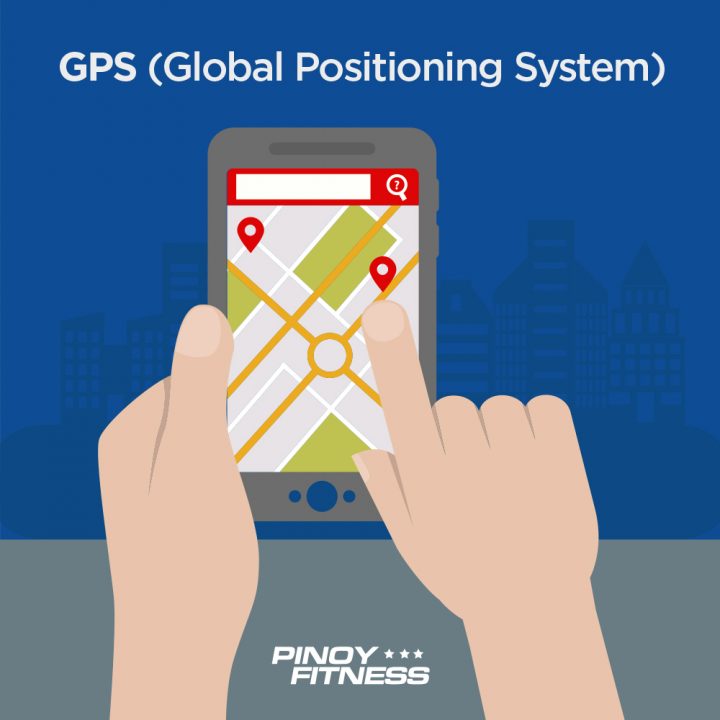
6. GPS
GPS or Global Positioning System is a technology commonly used by runners to track their location, velocity, and time anywhere and anytime they run. GPS watches and GPS apps are utilized for this.
Related Article: Do You Need a GPS Watch?
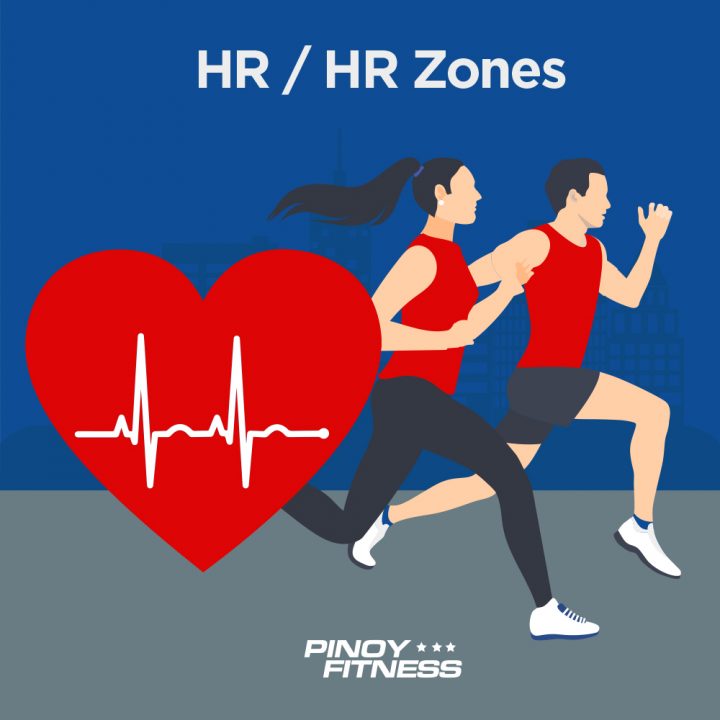
7. HR/ HR Zones
Heart rate (HR) is the beats per minute produced by the contraction of your heart. HR zones are therefore the intensity of your workout as compared to your maximum heart rate. Each of the zones requires a varying level of effort and gives different benefits and improvements on your body and performance as a runner – like an increase in metabolism, better cardiovascular performance, etc.
Related Article: Understanding Heart Rate Zones Can Help You Run Better
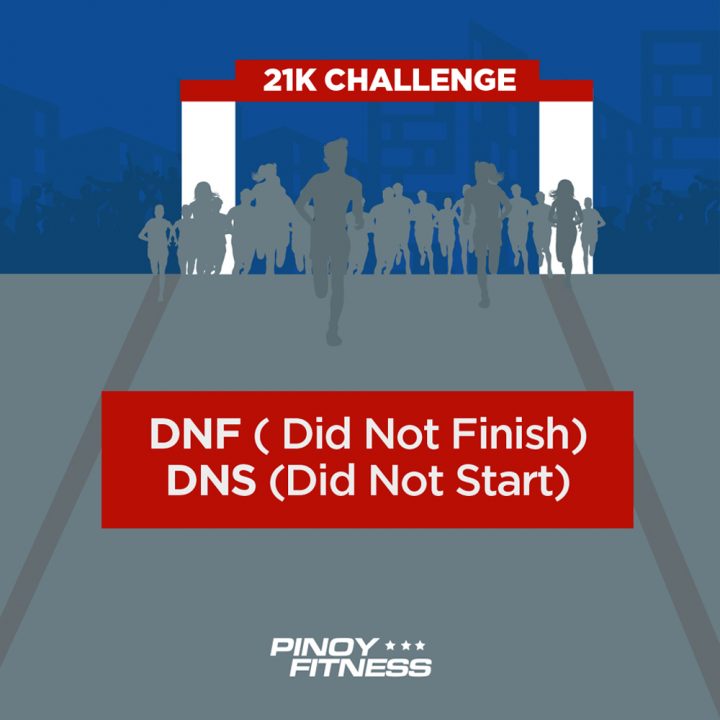
8. DNF and DNS
Did Not Finish (DNF) is what a runner will see if he/she failed to cross the finish line. On the other hand, Did Not Start (DNS) is a label that is shown in the results when a runner did not participate in the race.
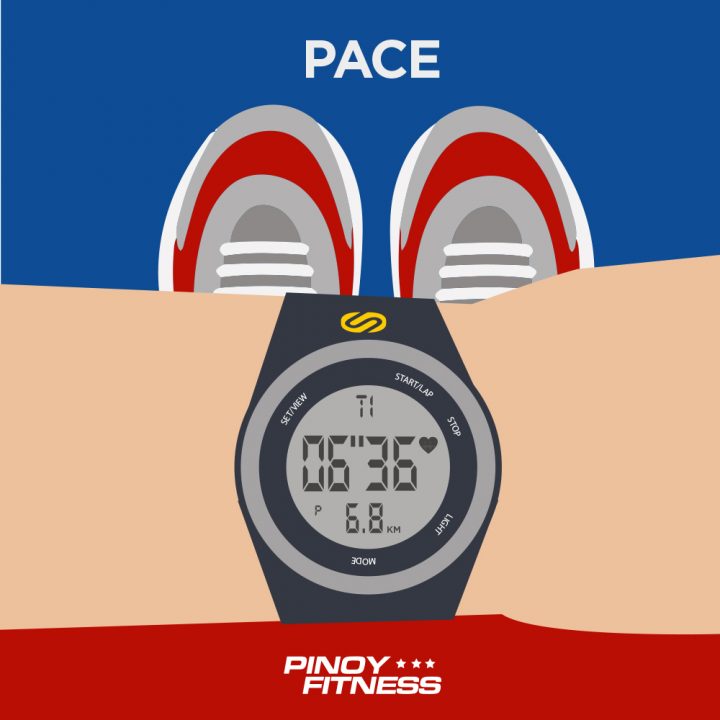
9. Pace
The pace is the term for running speed and is measured by the number of minutes it takes for a runner to accomplish a kilometer or mile.
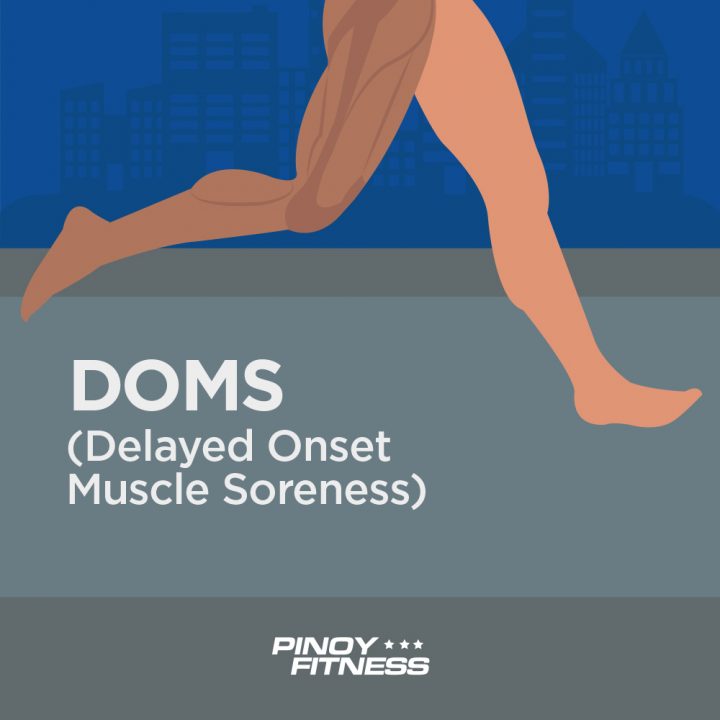
10. DOMS
DOMS or Delayed onset muscle soreness refers to the feeling of stiffness or soreness that usually affects long-distance runners. DOMS is often felt 24-72 hours after a workout and is caused by microscopic tears in the muscle from being exposed to more muscular work than usual.
Sources: marathontrainingacademy | runnersworld







bakit walang Kadayawan Marathon sa list mo po?